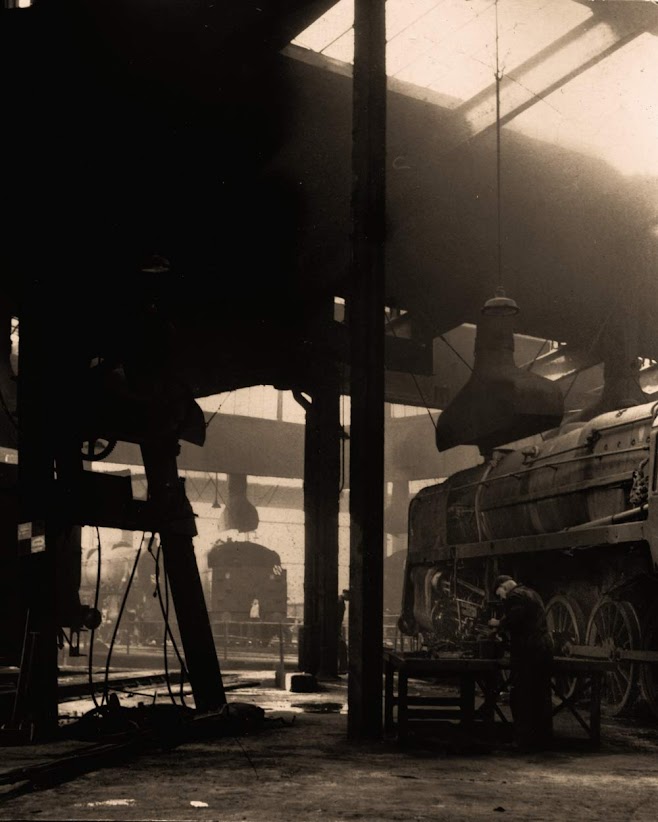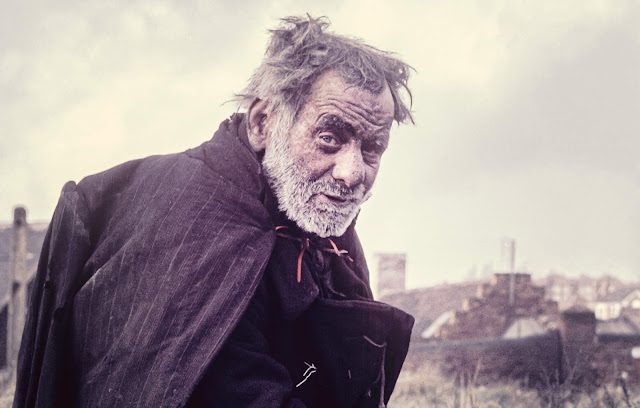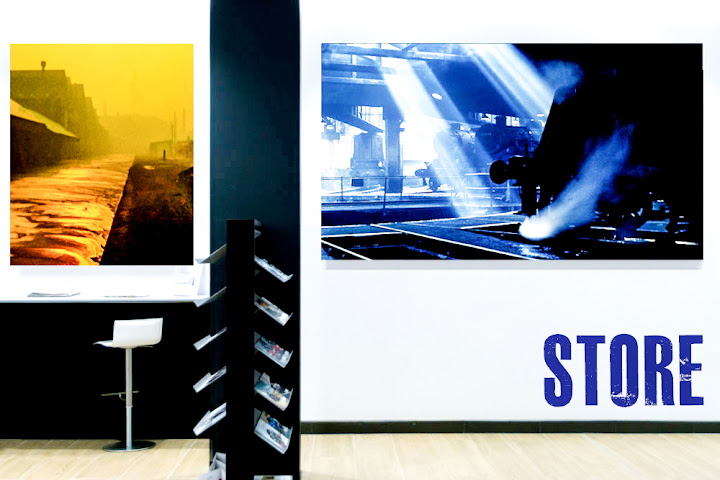Black Country Roots - Book Launch. Part Of Black History Month
Black Country Roots is a book which tells the story of the African-Caribbean communities of the Black Country.
.jpg)
A lad whistles to the milkman, Aston Birmingham 1962 by Peter Donnelly
.jpg)
The book, published by Multistory through the Arts Council is illustrated with photography from local archives including ours, but also from the work of other photographers who, like us, have been fascinated with uncovering the extraordinary life of Black Country people over the years.
.jpg) |
| Netherton Brick Works 1963 by Peter Donnelly |
It was fantastic to be involved with this project which is a fitting tribute to all the black people of the Black Country and will help the younger generation discover what their parents and grand parents went through to become a part of the community.
.jpg) It was also great to meet the project participants and Multistory staff at the launch of the book at the African-Caribbean Centre in West Brom. Amazing food and a gospel choir plus Fitzroy the DJ on the decks.
It was also great to meet the project participants and Multistory staff at the launch of the book at the African-Caribbean Centre in West Brom. Amazing food and a gospel choir plus Fitzroy the DJ on the decks..jpg) |
Black Country Landscapes - The Stourbridge Canal & Glass Works Walk
more Black Country Landscapes in the book "As If It Were Yesterday" now available in the store.
Book Launch Photography by Simon Donnelly
.jpg)
.jpg)
.jpg)
.jpg)
.jpg)









Comments
Post a Comment